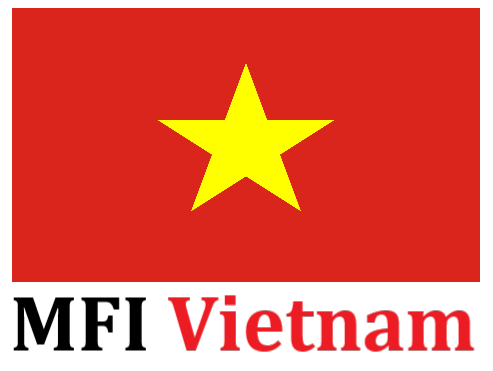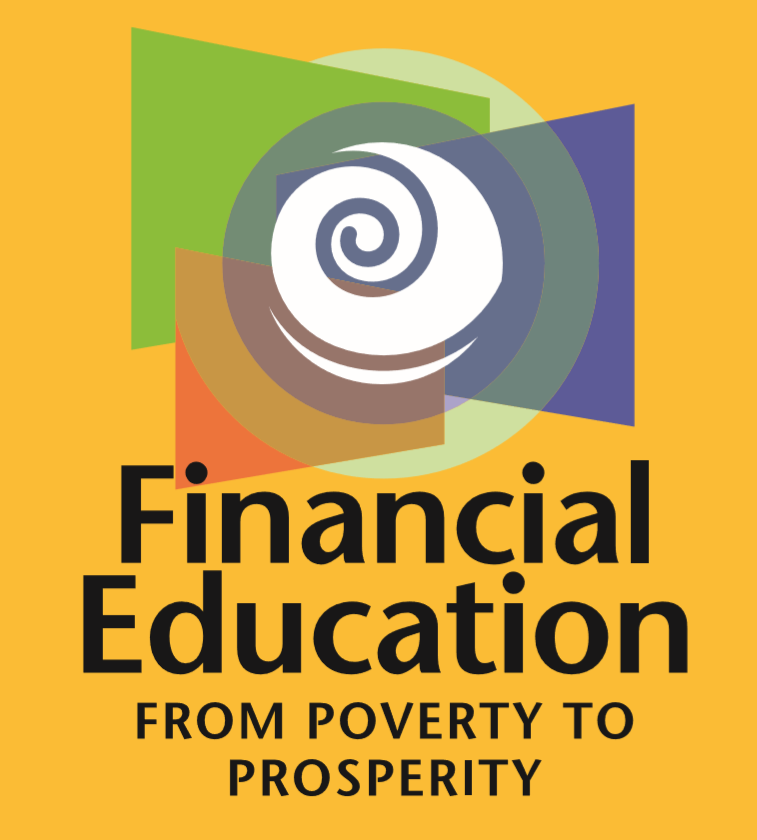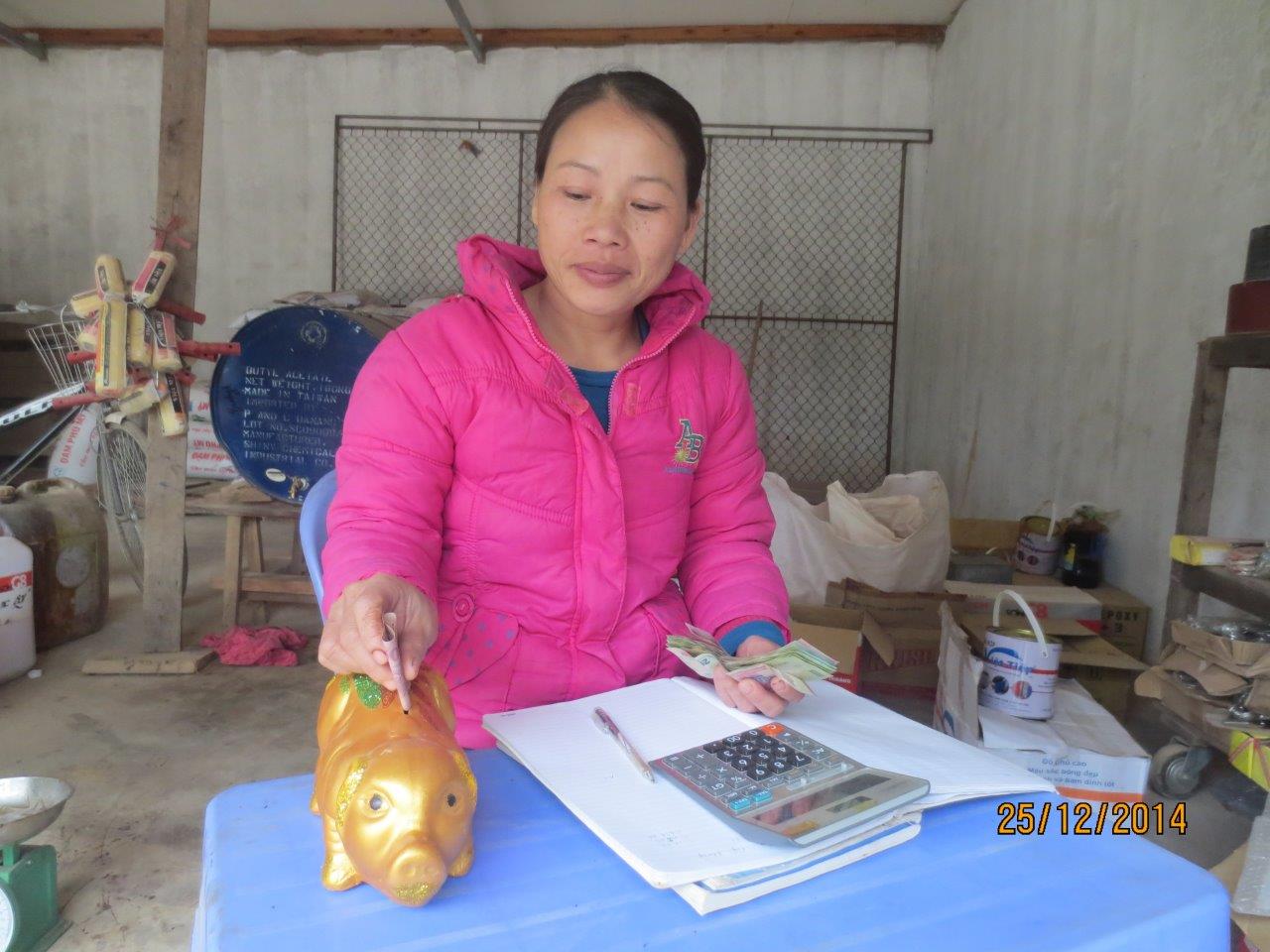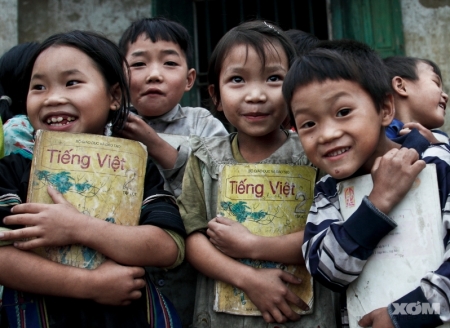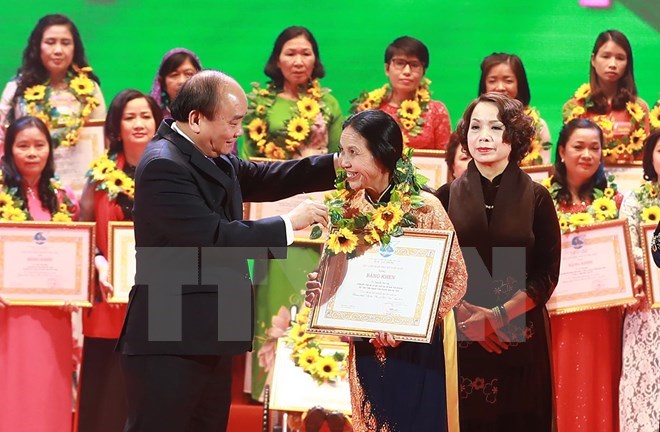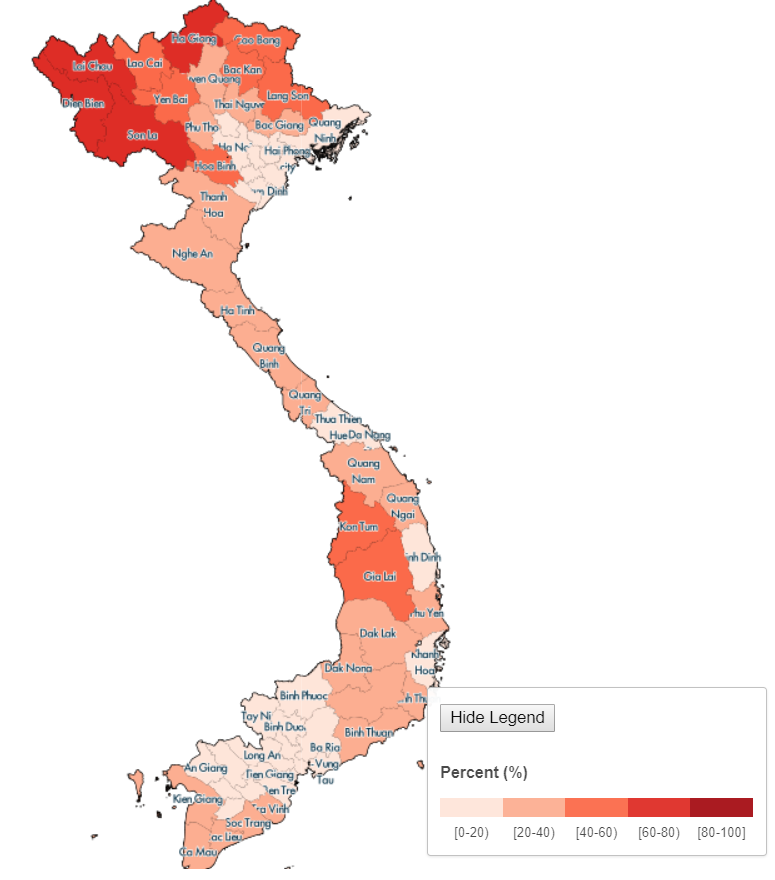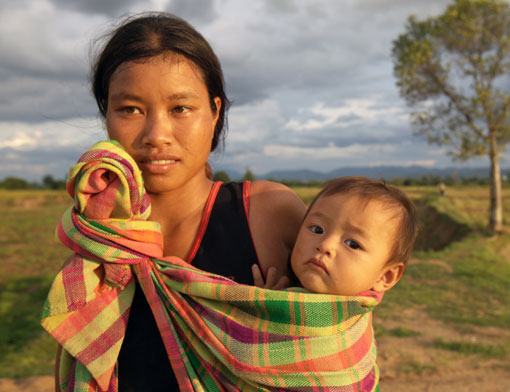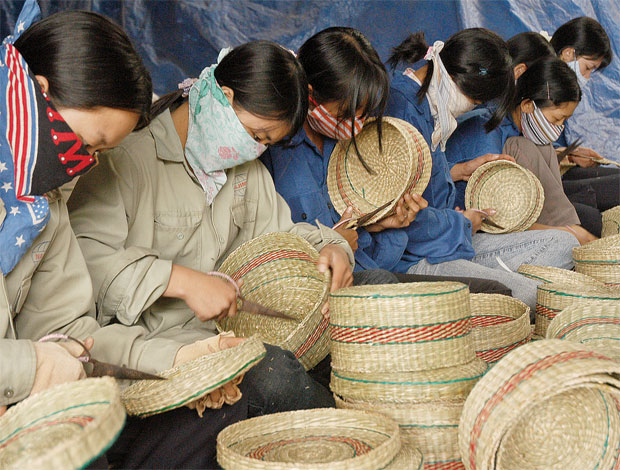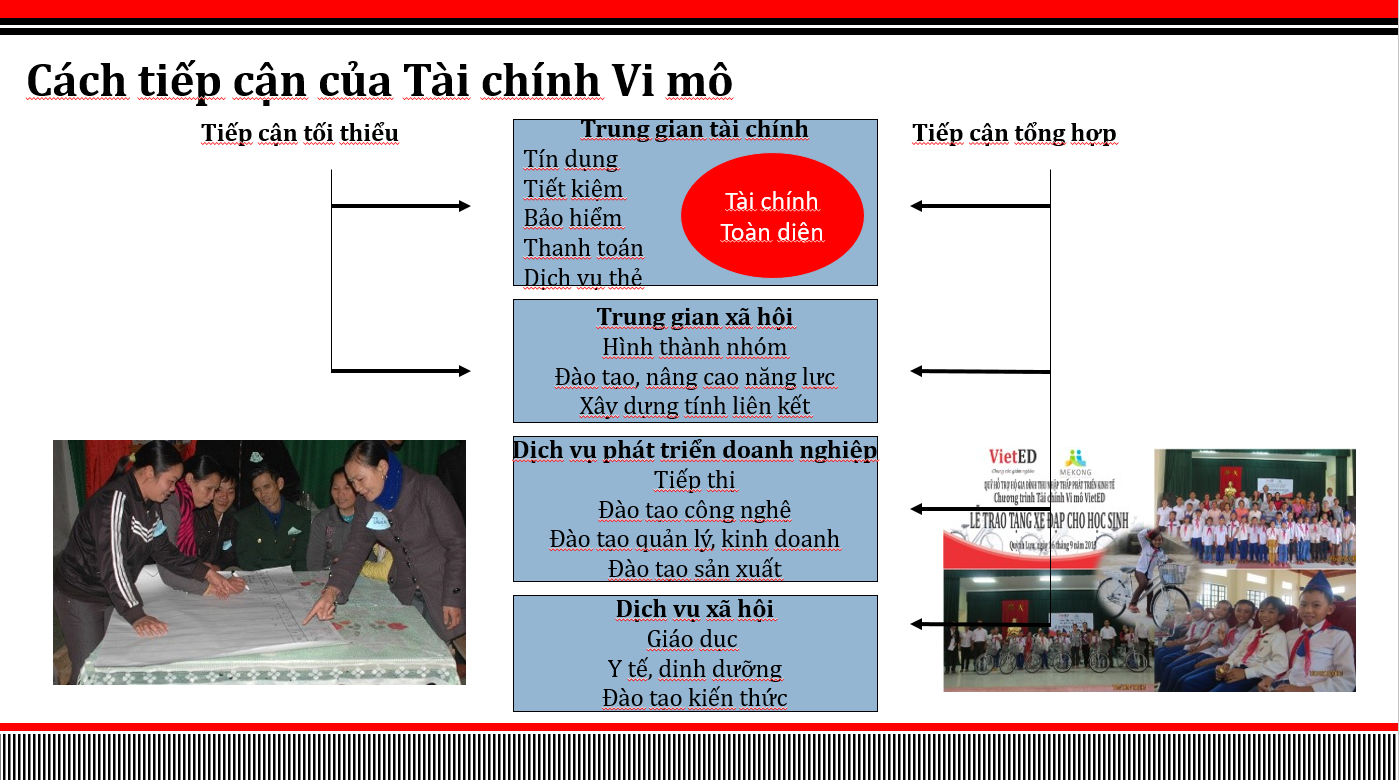MicroFinance in Vietnam
N0 MFI Name Contact Operational area 1. VietED MicroFinance Head Office: 8/31 Phuong Liet, Thanh Xuan, Hanoi, Vietnam Tel: +84-0243-629-1101 Email: foundation@vieted.com.vn Website: http://vietedmfi.com.vn FaceBook: https://fb.com/VietGiving YouTube: https://goo.gl/9F766p Nghệ An, Bắc Giang, Hà Nội 2. Capital aid for Employment of the poor MicroFinance institution (LTD) – CEP MFI 14C Cach Mang Thang Tam St., District 1 Ho Chi Minh City – Vietnam Tel: 84 – 028 – 38 220 959 / 38 239 100 Fax: 84 – 028 – 38 245 620 Email: cephcm@cep.org.vn Thành phố Hồ Chí Minh, Đồng Nai, Long An, Đồng…
Read More